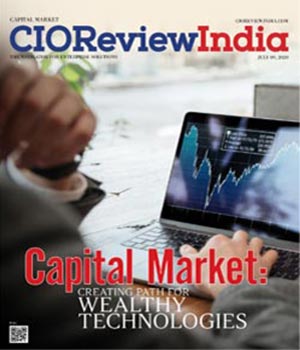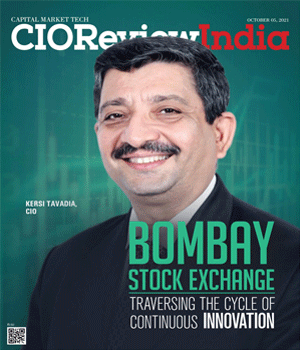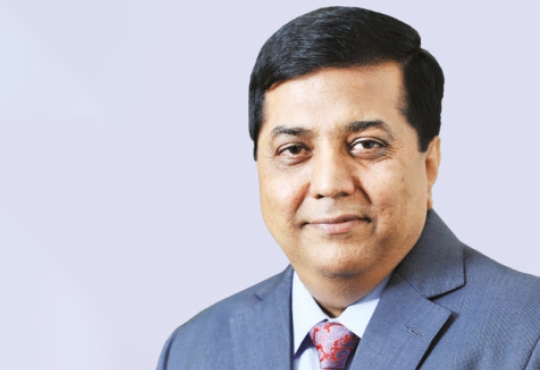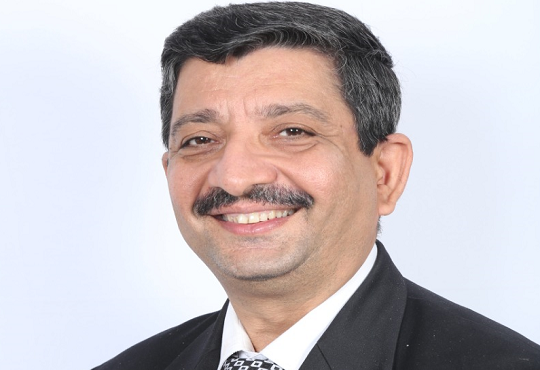
The Present and Future of Digital
Vivek Bhargava, CEO, DAN Performance Group | Wednesday, 21 June 2017, 09:49 IST
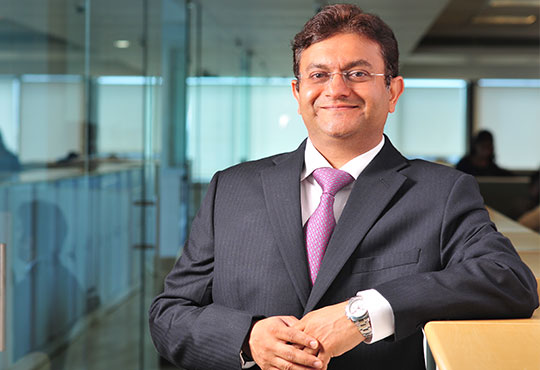 Shaping the Digital Landscape
Shaping the Digital Landscape
The digital landscape is rapidly evolving – what was typically seen as just another medium of advertising and marketing, has today become the age we live in. Digital is playing the role of a catalyst and multiplier across every facet of an organization. Digital combined with innovative technologies will be a game changer, a single digital technology like artificial intelligence may disrupt almost every single industry we know of today. The biggest differentiator between legacy technologies and digital is the nature of exponential growth it enjoys, coupled with the connections between all the current exponential technologies.
There is also a drastic change in the way digital is looked at today by the C-Suite. Approximately two years ago, a typical meeting with the promoter of a firm to discuss their digital strategy would be directed towards the CEO, who, in turn, would pass on the buck to the CMO as he was perhaps too mired in ‘mainstream’ strategy. Today, one spends hours with promoters who are interested in sitting down one-on-one and understanding the best way forward for their respective companies, a path that could make the most of digital media.
“Cloud computing and machine-learning algorithms have fueled the jump in artificial-intelligence solutions”
In effect, digital today is the sole medium ensuring that a brand connects with its target audience. No other medium offers such customized slice and dice of demographics, psychographics, geographical and location based data along with detailed behavioral analysis of the consumer, enabling the facilitation of the right communication reaching the customer.
Breaking it down with an example, considering television as a medium, one has to plan for frequency – the frequency may or may not take place. In digital, however,one can setup a certain frequency wherein the consumer has to watch a particular advertisement five times. If it is skipped, the advertiser does not have to pay for it. Alternately, in television, the advertiser ends up paying for the advertisement irrespective of whether it was watched or the channel was switched. Several brand marketers are still wary of readily making the shift from television to digital – but once they do, there is no looking back.
The Challenges that Lie Ahead
The top most challenge brands face today owing to evolving consumer behavior is communication in the digital economy. Firstly, we live in the times of an ‘instant’ generation buy some thing today and it’s delivered to your doorstep tomorrow– they never have had to wait for anything in their lives. The generation of millennials demands everything instantly without any interruptions. Thus, communicating to this sector is going to be an immense challenge though advertising till now has predominantly been interruption led.
Secondly, today a brand is perceived as a totality of experiences of the product or service. Previously, brands stood for one specific quality e.g. Volvo for safety, Ferrari for speed. However, today there are million consumers who each have a different image of the brand they buy. While one may associate a particular car for its resale value, another may view it as a portrayal of their status symbol. How does one run with a single communication message when your brand means different things for each consumer? This one-on-one communication where one can’t say a single thing about the brand is a challenge. Vendors will soon come up with new innovative solutions based on this customer evolution in the future.
Mapping out the Future Trends
The future belongs to exponential technologies great digital transformation will take place on this front. Technologies will eventually intertwine to make a single virtual ecosystem. Robots, drones, 3D printing, nano-technology, block chain are a few amongst others.
Artificial intelligence software solutions are likely to be the top disruptor in technology in the coming decade. Cloud computing and machine-learning algorithms have fueled the jump in artificial-intelligence solutions. It is interesting to note that no two machines make the same mistake. How ever, machines can only replace the functions human beings do, not human beings themselves.
Additionally, virtual reality provides an immersive experience. There may be the possibility of virtual reality utilized as an advertising format, since that pretty much increases the screen size to infinity and can make quite the impact.
Further more, in the last two years alone, five billion GB of data was generated which accounts for 90 percent of the world’s data created till date. Making sense of this data, creating actionable insights through this data and its applications will prove to be a game changer and enable wealth creation.
CIO Viewpoint
BSE - Traversing the Cycle of Continuous...
By CIOReviewIndia Team
Enabling Financial Inclusion on a Digital Platform
By Manoj Kumar Nambiar, Managing Director and Arvind Murarka, Head IT at Arohan Financial Services (P) Limited
Key Tech Trends for Capital Markets
By Dipak Rout, Head-IT, ArihantCapital Markets Ltd
CXO Insights
By Supriyo Dasgupta, IT Applications Head, Compass Group India
The T Minus 10 Of AI - Getting Started with the...
By Sushil Kumar Tripathi, AVP - Technology, Kellton Tech
Digitization in Insurance Industry


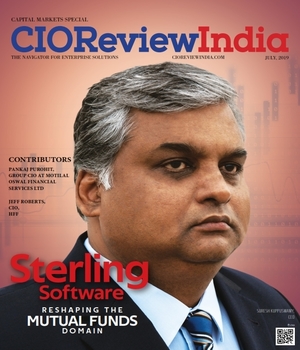
.jpg)
.jpg)
